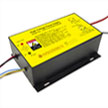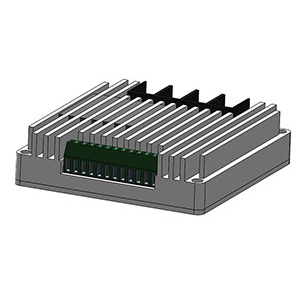As thermoelectric cooler (TEC) is built on the basis of solid state, TEC has very high reliability. In most conditions of practical applications, TEC can provide a relatively long service lifetime. Currently, in many specific cases, the continuous work time of TEC has been over 20 years and is longer than other relative devices. However, it is still difficult to obtain specific reliability of TEC because failure and application environment are closely related. In some steady cooling conditions, a DC power supply put on the TEC is very stable and not basically interrupted, and at the same time, the reliability of TEC can be very high. The mean time before failures (MTBFs) is generally over 2000000 hours, which is usually regarded as an industrial standard. When in the application conditions of the hot and cold cycling work, MTBFs can be greatly shortened, especially when the temperature of TEC increases to a high one in the process of cycling.
(more)



